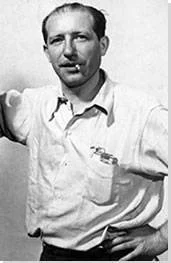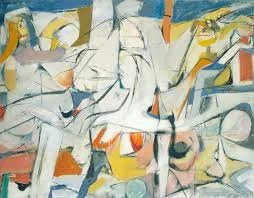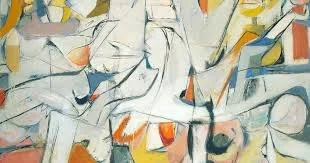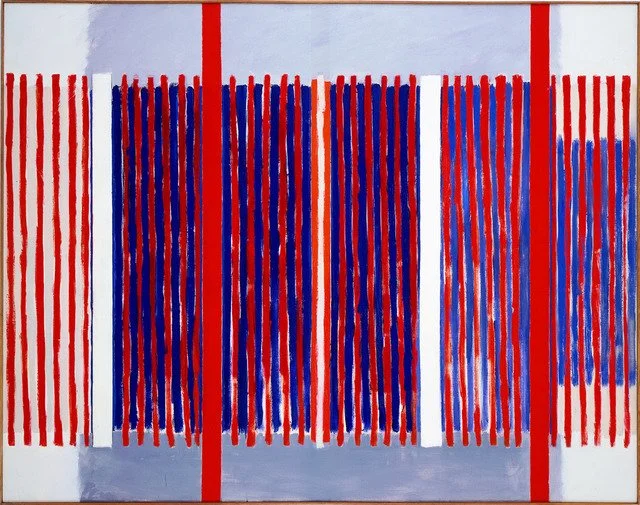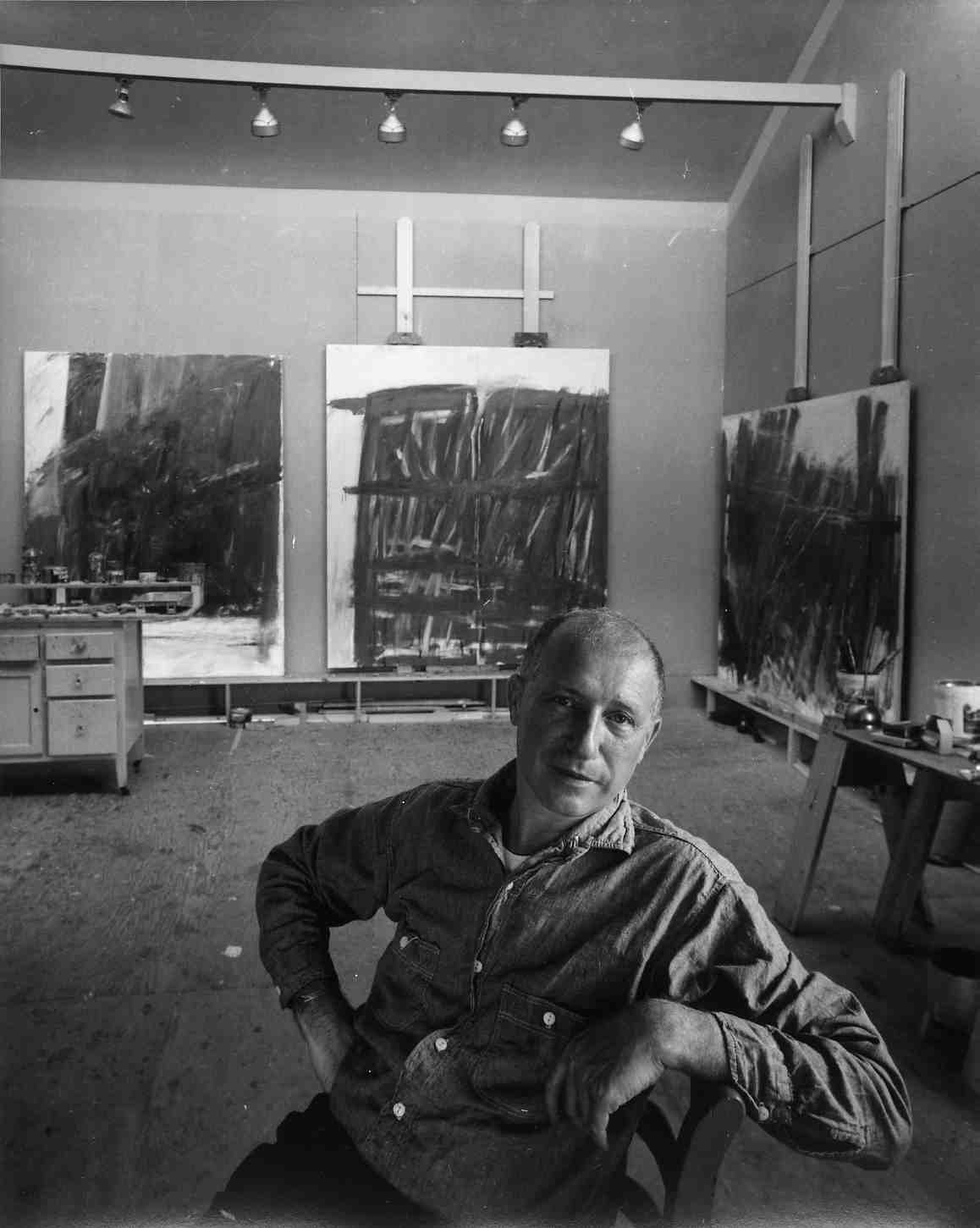
Jack Tworkov
Jack Tworkov was a Polish-born American painter whose paintings evolved from energetic Abstract Expressionism to refined geometric compositions. “The essence of our new art is that instead of being a representation of an experience, the painting is the experience itself,” he once reflected. Born Yakov Tworkovsky in Biala Podlaska, Poland, he and his family emigrated to New York through Ellis Island in 1913. Attempting to fit into their new country, his sister Schenehaia changed her name to Janice (later Janice Biala), while he changed his to Jack. Tworkov attended Columbia University to become a writer, but his younger sister inspired him to pursue his interest in painting and enroll at the Art Students League. His student works were influenced by Paul Cezanne and Henry Matisse, but became increasingly abstract. During the Great Depression, Tworkov like other young artists of the time, worked for the WPA Federal Art Project. After the World War II, he became friends with Willem De Kooning, Arshile Gorky, and Mark Rothko, creating a dialogue which informed the foundation of the New York School. By the late 1950s, he had begun to distance himself from the Abstract Expressionism of De Kooning, and through the remainder of his career produced paintings on gridded compositions with controlled color relationships. The artist died on September 4, 1982 in Provincetown, MA. Today, Tworkov’s work are held in the collections of the Solomon R. Guggenheim Museum in New York, the Art Institute of Chicago, the National Gallery of Art in Washington, D.C., and the Walker Art Center in Minneapolis, among others.
credit artnet.com
